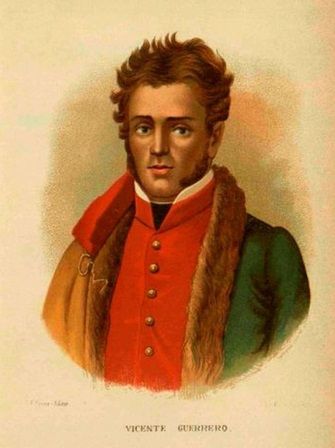A Life and Times of The Insurgent Vicente Guerrero
Vicente Guerrero was an insurgent who was under the orders of José María Morelos y Pavón before he was shot in 1815. He was part of the national army that managed to overcome the war and consummate independence and is recognized in history for his military and political skills.





